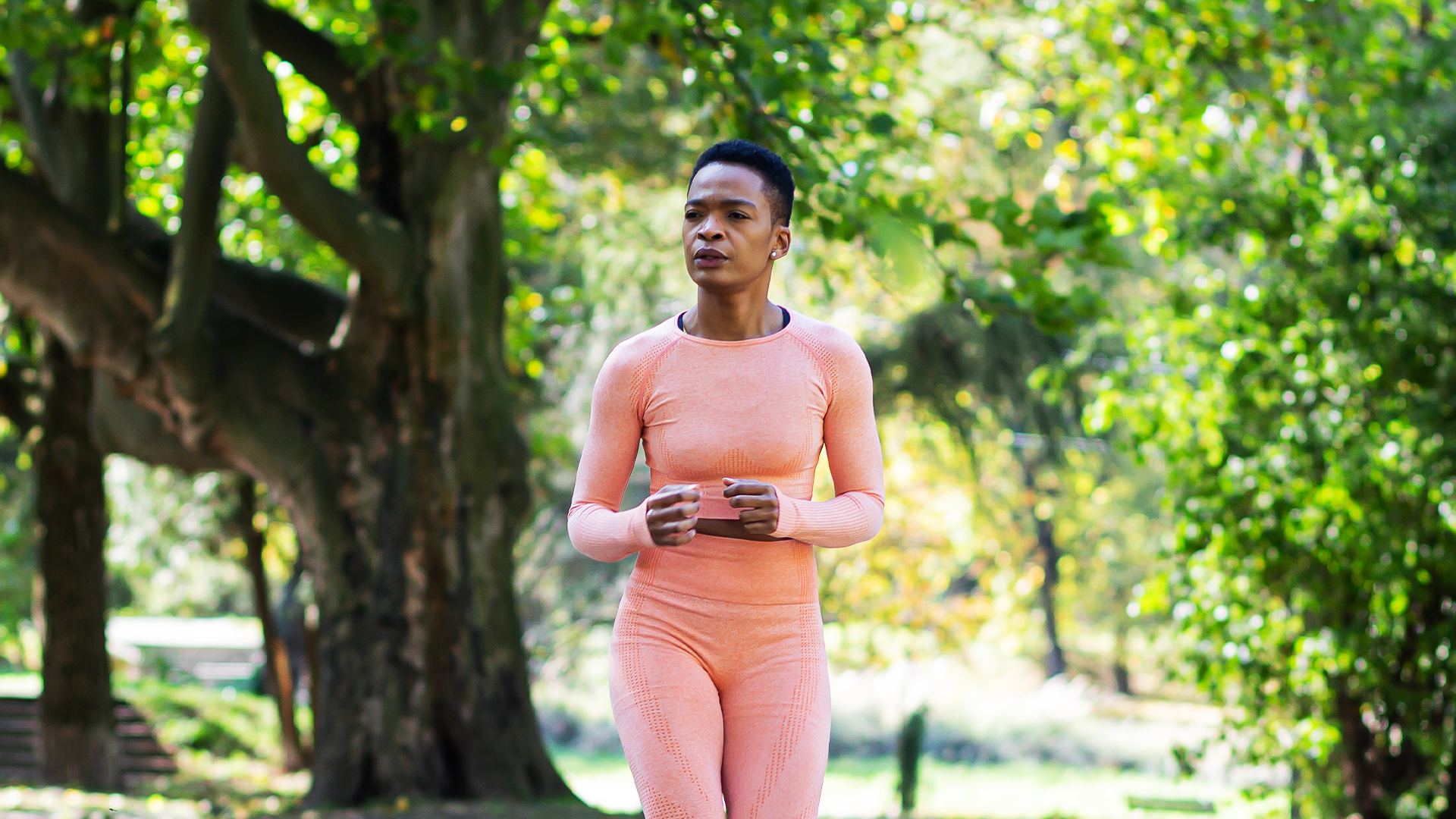Why exercise helps through menopause

*This article may include data based on a UK survey conducted by DR.VEGAN® of 996 customers of MenoFriend®, nationally representative, during January & February 2024. All survey findings reflect our own efforts and have not been independently verified or influenced by any external organisations or third-party entities.
Exercise is vital to our health and helps prevent against health conditions throughout all life stages, and this is even more true through peri-menopause, menopause and post-menopause. Exercise helps manage many of the physiological symptoms of menopause that you feel, and it's at least as important for those symptoms you may not be able to feel or see.
Kate Rowe-Ham, the founder of Owning Your Menopause and a women's health coach specialising in fitness and nutrition, explains why exercise is so important during menopause and her tips for exercising.
Why is exercise important during menopause?
Our latest survey on menopause highlights the shocking impact of symptoms of menopause, with two-thirds of women suffering a loss of confidence, half experiencing mild depression and 1 in 10 women suffering severe depression. Here are four reasons why you should prioritise exercise during menopause, helping protect against physical and mental health conditions and relieve symptoms of menopause.
Heart health
Many women think that heart disease is a man's disease. It isn't. Heart disease is the number one killer of women - every year since 1984, cardiovascular disease has claimed the lives of more women than men. In fact, after the age of 50, nearly half of all deaths in women are due to some form of cardiovascular disease.
A healthy and active lifestyle goes a long way in preventing heart disease in women. Being active or exercising regularly helps improve how well the heart pumps blood through your body. Aim to do at least 150 minutes of exercise in total each week - for example, 30 minutes a day 5 days a week. Learn more about how to keep your heart healthy in 'A nutritionists' food guide for a healthy heart'.
Bone health
Osteoporosis is one of many health concerns for midlife women, and rightly so. Oestrogen has a protective effect on bone density, and when oestrogen drops during menopause, you lose its protection of your bones. However dietary and exercise changes can not only minimise bone loss, but they can also actually strengthen your bones. Your bone health can be protected with proper nutrition, including adequate levels of calcium and vitamin D.
Up to one in three women over the age of 50 will sustain a fracture to the hip at some point. This can have a serious domino effect on health as the potential reduction in mobility after a fall, and even after recovery, can impact other health issues and bone or muscle conditions. Avoiding excessive alcohol consumption and smoking also helps slow bone loss.
Exercise is fundamental for good bone health and minimising the risk of developing osteoporosis. It is particularly important to add resistance and weight training to your exercise routine to maintain and strengthen your bones.
Muscle health
Did you know that muscle mass can decline by approximately 3-5% per year during menopause? Added to that, hormonal fluctuations play a role in hindering muscle gain.
Menopause is associated with a natural decline in oestrogen, which increases visceral fat mass, and can decrease muscle mass and strength.
Kate Rowe-Ham, Founder, Owning Your Menopause
Mind and brain health
Cognitive decline is common during the transition into menopause, including symptoms such as forgetfulness and delayed verbal memory, reduced verbal processing speed, and impaired verbal learning. DR.VEGAN customer survey shows brain fog is the most common symptom of menopause, experienced by 80% of women.
Regular exercise can support brain and mental health, relieve anxiety and help you overcome stress. For example, the latest customer survey on stress shows 94% of people find just going for a walk effective in reducing anxiety and stress. Learn more about how menopause can affect anxiety and mood swings.
Best exercise during menopause
HIIT
High-Intensity Interval Training (HIIT) is a type of exercise that is normally cardiovascular and alternates between periods of high intensity and low intensity. Whilst this efficient, fat-burning, heart-pumping, can-do-anywhere workout is brilliant, it’s important to make sure you feel up for the intensity. Menopause symptoms can leave us feeling tired, and if we overdo it, we can find ourselves susceptible to injury and joint pain. My advice is to lower the intensity if need be.
LISS
Low-impact steady state (LISS) exercise has lots of health benefits, including improved blood flow, reduced stress, lower risk of heart disease, and improved brain function. LISS is easy to do and gentler on the body, and it's appropriate and popular for beginners.
Non-impact
Swimming, cycling, pilates and yoga will all help improve your flexibility and balance, as well as provide an effective workout.
Strength training
Strength training is too often overlooked by women but it is vital for muscle and bone health through menopause. Strength training will help you build lean muscle, improve your cardiovascular health, improve your joint and bone health and most importantly, strength training can help to offset the decline of bone mineral density and prevent osteoporosis.
Discover Owning Your Menopause app
You can see how important it is to be fit through menopause and start thinking about how to approach these inevitable changes. This is why I created the Owning Your Menopause app - www.owningyourmenopause.com - to help women of all stages of menopause to plan and prepare, and avoid barriers that may otherwise get in the way of exercising.
Find out more about how Owning Your Menopause can help and support you.
Want to hear more from our nutritionists and specialist experts? Sign up to our free newsletter for tips and advice:


















